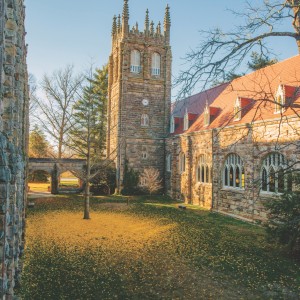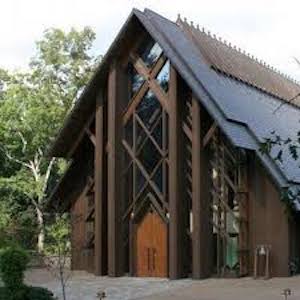On April 27, the Rebel’s Rest research team, led by Archaeo-geophysics specialist Stephen Yerka, conducted geophysical survey in the yard area north of the house. Instead of shovels and trowels, the tool of the day was ground-penetrating radar (GPR). By sending electromagnetic pulses into the ground, GPR can identify differences in deposits—called anomalies—based on the ways in which the waves are scattered or reflected back to the instrument. GPR is a popular nondestructive survey method among archaeologists, and has been successful in identifying forgotten or buried historic features like cemeteries, wells, etc. Dr. Van de Ven’s GIS class visited the site to learn more about geophysical survey, see how the instrument runs on a grid, and have a look at the preliminary results as data was collected in the field. Dr. Sherwood plans to test areas these early results indicate may be of interest to archaeological investigation by "ground truthing," opening small test excavations where the GPR readings showed subsurface anomalies.

